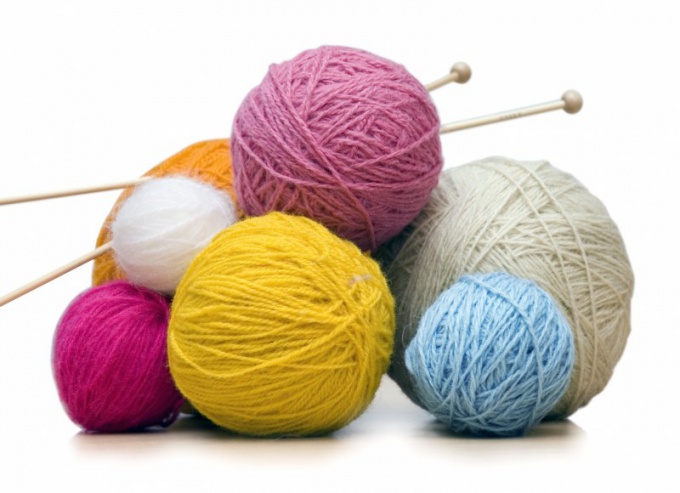You will need
- - crochet hook;
- yarn.
Instruction
1
Take yarn and a hook. Make an initial loop. To do this, wrap the end of the thread inthe circle of the hook so as to obtain a loop. Route the cable through the working thread, hold the intersection with your thumb, and lightly tighten.
2
To perform the following loop to make the yo - put in a working threadround the hook. Pull the thread through the loop positioned on the hook. Under the hook is formed in the first air loop. Acting by analogy, tie a chain of the required number of loops. The initial loop located on the hook is not taken into account.
3
Run the connecting bar. The connecting column is one way of connecting rows of knitting. Usually, it is used to connect the end and beginning of a series.
4
Insert hook in last loop of air, gently pick up working thread and pull it through the loop. Pull the loop extending from the air loop lifting, through the one that is on the hook. If you are all done accurately, then the connection will be completely unnoticed. Knitting is closed in a circle.
5
On the knitting patterns of the connective column is denoted, as a rule, painted a black dot.
6
Quite often in descriptions and diagrams, you can also come across the term "polytypic without nakida". Despite the fact that he performed virtually the same as the connecting column, assign it a little more. "Polytypic" is usually a element of any pattern.
7
In order to associate polytopic without nakida, it is necessary to put the hook into the loop and catch the working thread. Pull the working thread through the loop of the previous row. The same loop pass through the loop positioned on the hook. This is polytypic without nakida. In the diagrams, as a rule, it is indicated by the filled black bar.
